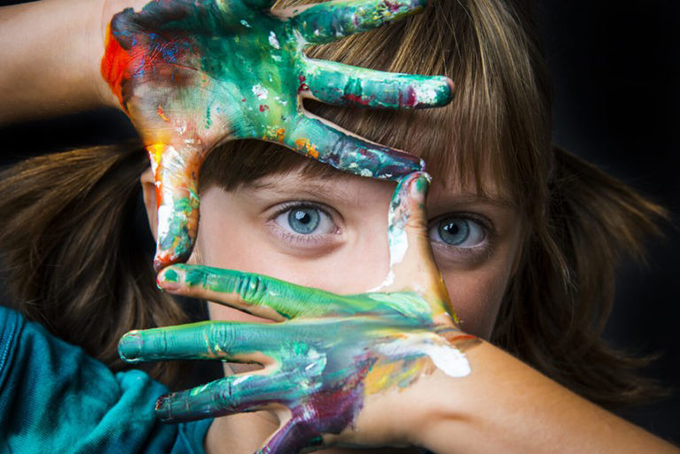
Creativity is a demanded and valued quality in our society, both personally and at work. Problem solving and the ability to propose innovative solutions are essential in our need to adapt to a complex and changing reality.
Creativity and innovation go hand in hand and for this reason there is always a demand for these skills in the labor market to perform leadership and competitive positions. However, at school we do not always pay the necessary attention to fostering the creativity of students.
Although creativity in adults can be located in neuropsychological aspects (thinking styles, metacognitive strategies, intelligence, personality and empathy), numerous studies with children and students, focused on daily life, relate creativity to a manifestation of originality at work and Leisure.
We can all be creative
In fact, everyday life is a field where creative potentials are usually deployed to solve problems of the most diverse nature. This concept of everyday creativity is related to the tasks that anyone can participate in every day, from the simplest (ordering family photos in an album, merging the ingredients of a recipe into a new dish, doing crafts, fixing the garden), to the most relevant (reaching a creative solution to an academic problem or reinventing ourselves, if we needed to).
This type of creativity, even if it is far from great achievements or impressive inventions, is very important for us and our environment, and we must learn to value it from childhood.
Be motivated to be creative
In the context of everyday life, the way in which people perceive and value their own creative potential and results has a direct impact on their own creative development.
For example, if a friend shares with us the painting he has made, he does not expect us to criticize him by comparing him to a great artist like Goya or Picasso, but rather that we show him our likes or dislikes within our aesthetic taste for the style of painting he has given us. displayed, expecting in most cases a positive review.
In other words, there is a link between creative activity, emotions and personal satisfaction that seems to promote people’s well-being and health. Creative identity is built in interaction with other people based on their assessments and interactions in a certain sociocultural context.
Positive answers and the enjoyment of the task itself motivate us. It is also important that the environment is creative and allows us to feel free. This is the reason why companies like Apple or Google offer their employees flexibility, open spaces and break times. They not only increase creativity, but also their commitment to the company, and therefore their achievements and benefits.
Creativity in the classroom and in life
In its communication entitled Making a European Education Area a reality by 2025 , the European Commission affirms that creativity is a fundamental cross-cutting skill to achieve a quality and innovative European Education Area.
Creativity is capable of being learned and taught. Our research group analyzes how to design a motivating environment and an education based on creativity as allies in meaningful learning. We propose:
- Encourage creativity through curiosity: try to get students to ask themselves questions constantly, showing them varied and stimulating situations and contexts.
- Discover what the interests of the students are and connect them with the subjects that are being taught. If students have their creative skills developed, they will be able to connect diverse content to each other at the time of study, which will allow them to more easily transfer that connected content to their long-term memory.
- Learn through games and artistic or musical materials, to stimulate pleasant learning that helps retain information over time.
- Use new technologies in a directed way, without being an element of distraction, but a tool for students to train their knowledge and their intellectual and creative skills and with them they are able to solve problems that arise in relation to knowledge acquired.
- Promoting a collaborative, diverse and happy environment is important so that they feel creative and can be inspired by the ideas and ways of doing of others.
- Run away from beliefs or prejudices about the abilities of students. These types of beliefs can cause a student to be motivated or discouraged before a certain subject.
A human need
Creativity and innovation as personal abilities must be promoted at all ages as key elements. But not only to face the labor challenges of the modern world, but also because human beings need to innovate and be creative to improve their quality of life and progress.
Due to the role played by creativity in everyday life, this human capacity must be enhanced for the development of active people who promote technical, cultural and social innovation.
Author Bio: Maria Jose Cuetos Revolt is Professor of the Faculty of Education at UNIR – International University of La Rioja
